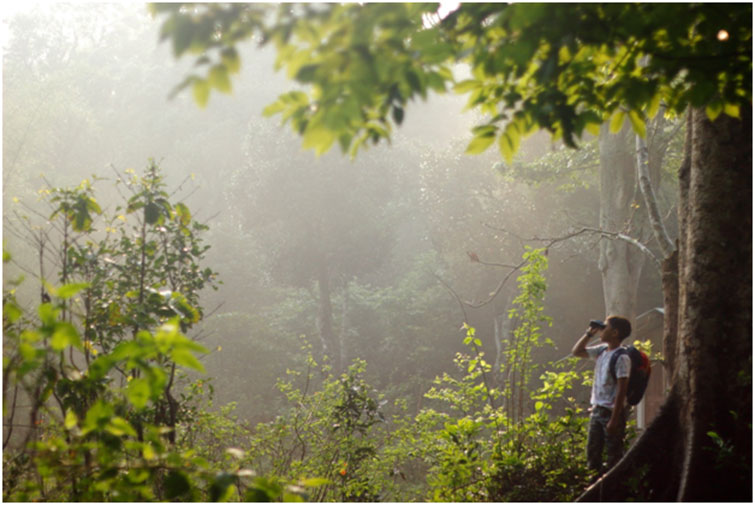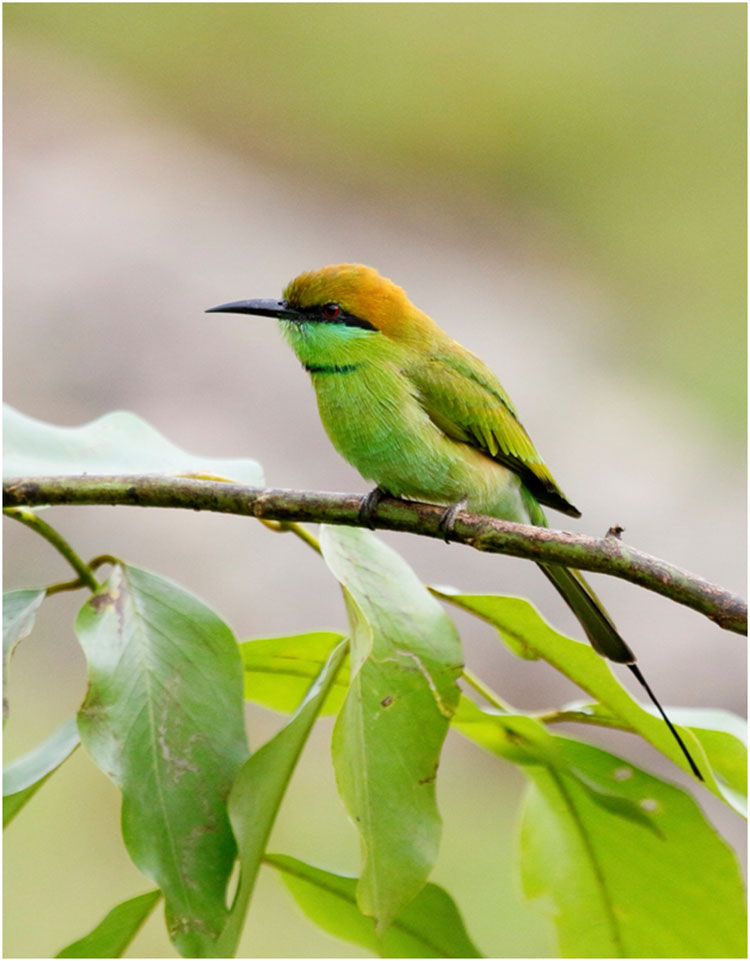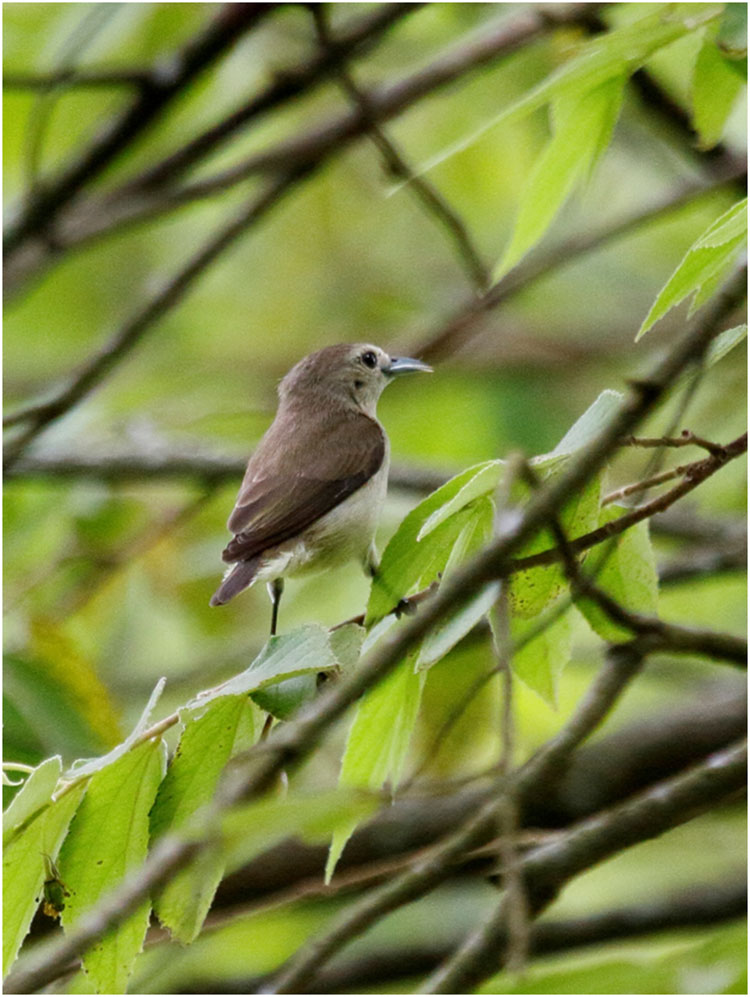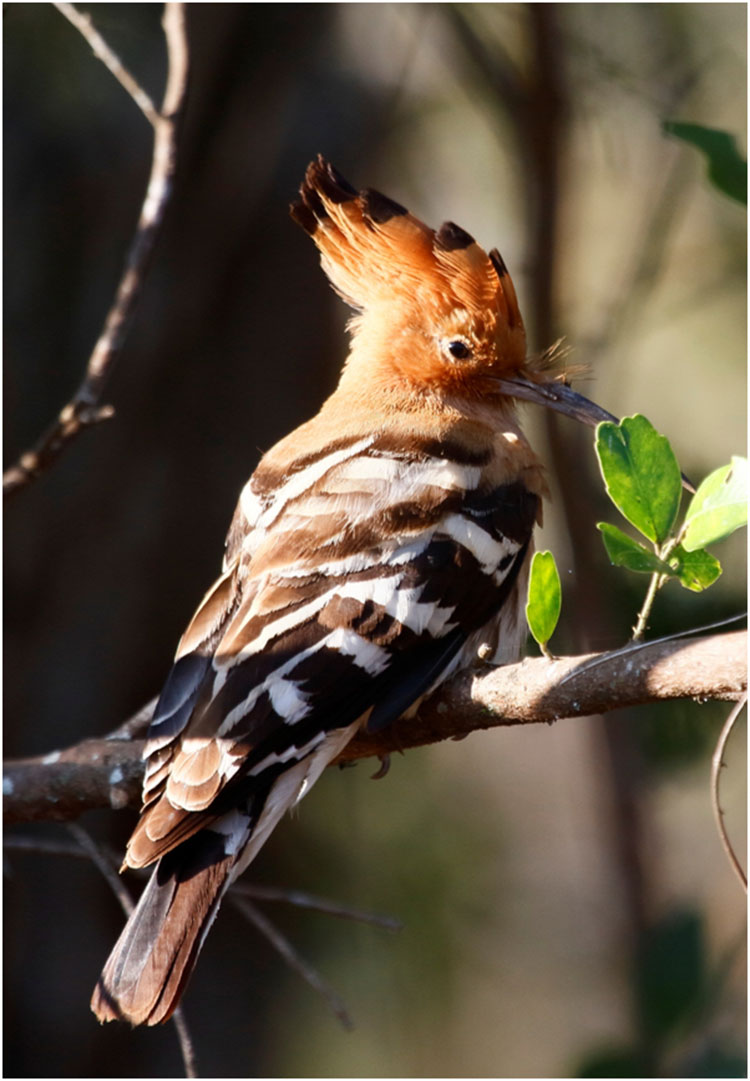A Complete Guide to Bird Watching In Bandipur and Mudumalai

Bandipur and Mudumalai is an ideal destination for birdwatchers. A walk around the resorts in Bandipur will be fruitful for sighting the common birds of Bandipur.
Birdwatching, also known as birding, is a popular hobby enjoyed by lot of peopleof people worldwide. It involves observing and identifying birds in their natural habitats. If you’re interested in starting birdwatchingin Bandipur or Mudumalai, here are some guidelines, dressing tips, requirements, precautions, and general information to help you get started:
- Guidelines for Birdwatching:
- Respect the birds and their habitats. Avoid disturbing nests or getting too close to the birds.
- Keep noise levels to a minimum to avoid scaring away the birds.
- Stay on designated trails or paths to minimize impact on the environment.
- Use binoculars and a field guide to help you identify birds accurately.
- Be patient; sometimes, birds may take time to reveal themselves.
- Avoid feeding wild birds, as it can disrupt their natural feeding behaviors and may attract non-native species.
- Dressing for Birdwatching:
- Wear neutral-colored clothing that blends in with the surroundings to avoid startling the birds.
- Choose comfortable and weather-appropriate attire, including sturdy footwear for walking in natural settings.
- Consider wearing a wide-brimmed hat and sunglasses for protection from the sun.
- Use insect repellent to ward off bugs in areas where they are prevalent.
- Requirements for Birdwatching:
- Binoculars: A good pair of binoculars is essential for birdwatching. Look for ones with a comfortable grip, suitable magnification, and a wide field of view.
- Field Guide: A bird identification field guide specific to your region is helpful in identifying different bird species.
- Notebook and Pen: Keep a record of the birds you observe, noting the date, time, and location of the sighting.
- Smartphone or Camera: A camera with a zoom lens or a smartphone with a decent camera can help you capture bird images for later identification.
- Precautions for Birdwatching:
- Be aware of your surroundings and watch your step, especially in areas with uneven terrain or near bodies of water.
- Be mindful of wildlife and potential hazards, such as snakes or insects.
- Avoid approaching nesting areas or disturbing birds during breeding seasons.
- Respect private property and obtain permission before birdwatching on private lands.
- Consider the weather conditions and avoid birdwatching during extreme weather events.
- Birdwatching as a Hobby:
- Birdwatching can be enjoyed alone, but it’s also a great social activity. Consider joining local birdwatching clubs or groups to learn from experienced birders and share your experiences.
- Explore various habitats, such as forests, wetlands, grasslands, and coastal areas, to encounter diverse bird species.
- Keep a life list, which is a record of all the bird species you’ve seen in your lifetime. It can be a fun and rewarding aspect of birdwatching.
Remember, birdwatching is not just about identifying birds; it’s about appreciating and understanding the beauty of nature and the avian species that inhabit it. So, get out there, explore, and enjoy the wonders of the avian world!

Birdwatching in Masinagudi Resorts
Masinagudi is a beautiful destination located in the Nilgiri district of Tamil Nadu, India. It is a popular spot for wildlife enthusiasts and birdwatchers due to its proximity to several national parks and wildlife sanctuaries. If you’re planning to go birdwatching in Masinagudi, here are some tips to make the most of your experience:
- Visit the Right Spots: Masinagudi is surrounded by several reserve forests and a walk around the resorts in Masinagudi will offer good sightings of birds
- Local Guides: Consider hiring a local birdwatching guide who knows the area well and can lead you to the best birdwatching spots. They can also help you identify various bird species and share interesting insights about the region’s avian life.
- Binoculars and Field Guide: Carry a good pair of binoculars to observe birds from a distance without disturbing them. A field guide specific to the birds of the region will be handy for identification.
- Dress Appropriately: Wear comfortable and earth-toned clothing to blend in with the natural surroundings. Avoid bright colors that may scare away birds.
- Timing: Early mornings and late afternoons are the best times for birdwatching when bird activity is high. Be patient and listen for bird calls to help locate different species.
- Silence and Stillness: Practice silence and minimize sudden movements when you are close to birds. This will increase your chances of observing natural bird behaviors.
- Respect Wildlife: Keep a safe distance from the birds and other wildlife to avoid causing stress or disturbance. Never approach nesting areas or interfere with the birds’ activities.
- Capture Memories Responsibly: If you enjoy photography, use a camera with a telephoto lens to capture bird images without disturbing them. Avoid using flash photography, especially in low-light situations.
- Environmental Awareness: Preserve the natural beauty and cleanliness of the area by not leaving any trash behind. Follow the principles of Leave No Trace.
- Safety: Be aware of your surroundings and the presence of potentially dangerous animals like elephants or snakes. Stay in designated areas and follow all safety guidelines provided by local authorities.
Remember that birdwatching is not just about ticking off a list of species but also about appreciating the wonders of nature and the delicate balance of ecosystems. Enjoy the experience, stay patient, and immerse yourself in the beauty of Masinagudi’s avian biodiversity.

Birds of Bandipur Tiger Reserve
Bandipur Tiger Reserve, located in Karnataka, India, is a biodiversity hotspot and a haven for a wide variety of bird species. The reserve’s diverse habitats, including forests, grasslands, and riverine areas, provide a conducive environment for numerous resident and migratory birds. Here are some of the birds commonly found in Bandipur Tiger Reserve:
- Indian Peafowl (Peacock) – Pavo cristatus
- Indian Roller – Coracias benghalensis
- Grey Francolin – Francolinus pondicerianus
- Painted Stork – Mycteria leucocephala
- Indian Pond Heron – Ardeola grayii
- Asian Openbill – Anastomus oscitans
- White-throated Kingfisher – Halcyon smyrnensis
- Indian Grey Hornbill – Ocyceros birostris
- Malabar Pied Hornbill – Anthracoceros coronatus
- Indian Scops Owl – Otus bakkamoena
- Brown Fish Owl – Ketupa zeylonensis
- Common Hoopoe – Upupa epops
- Pied Cuckoo – Clamator jacobinus
- Greater Coucal – Centropus sinensis
- Indian Grey Hornbill – Ocyceros birostris
- Indian Pitta – Pitta brachyura
- Indian Paradise Flycatcher – Terpsiphone paradisi
- Tickell’s Blue Flycatcher – Cyornis tickelliae
- Asian Fairy-bluebird – Irena puella
- Indian Robin – Copsychus fulicatus
- Orange-headed Thrush – Geokichla citrina
- Black-naped Monarch – Hypothymis azurea
- Rufous Treepie – Dendrocitta vagabunda
- Velvet-fronted Nuthatch – Sitta frontalis
- White-bellied Drongo – Dicrurus caerulescens
These are just a few examples, and there are many more bird species to discover in Bandipur Tiger Reserve. Birdwatching in this region can be a rewarding experience for both novice and experienced birders due to the rich avian diversity and the chance to spot rare and migratory species. Always remember to respect the wildlife and follow the guidelines provided by park authorities to ensure a sustainable and enjoyable birdwatching experience.

Birds of Mudumalai
Mudumalai National Park, also located in Tamil Nadu, India, is a well-known wildlife sanctuary that forms part of the larger Nilgiri Biosphere Reserve. The park’s varied landscape, comprising dense forests, grasslands, and streams, provides a rich habitat for a wide array of bird species. Here are some of the birds commonly found in Mudumalai National Park:
- Malabar Grey Hornbill – Ocyceros griseus
- Indian Peafowl (Peacock) – Pavo cristatus
- Indian Roller – Coracias benghalensis
- Grey Junglefowl – Gallus sonneratii
- Painted Stork – Mycteria leucocephala
- Black-winged Kite – Elanus caeruleus
- Crested Serpent Eagle – Spilornis cheela
- Malabar Trogon – Harpactes fasciatus
- Malabar Whistling Thrush – Myophonus horsfieldii
- Indian Pitta – Pitta brachyura
- Indian Paradise Flycatcher – Terpsiphone paradisi
- Tickell’s Blue Flycatcher – Cyornis tickelliae
- Orange-headed Thrush – Geokichla citrina
- Oriental White-eye – Zosterops palpebrosus
- Indian Robin – Copsychus fulicatus
- Rufous Treepie – Dendrocitta vagabunda
- Black-naped Monarch – Hypothymis azurea
- Velvet-fronted Nuthatch – Sitta frontalis
- Streak-throated Woodpecker – Picus xanthopygaeus
- Sirkeer Malkoha – Phaenicophaeus leschenaultii
- Sirkeer Cuckoo – Surniculus lugubris
- Asian Fairy-bluebird – Irena puella
- Jungle Owlet – Glaucidium radiatum
- Little Spiderhunter – Arachnothera longirostra
- Yellow-browed Bulbul – Acritillas indica
Mudumalai National Park is a birdwatcher’s paradise, with numerous other species residing within its boundaries. The park’s diverse ecosystem and lush greenery make it an ideal destination for birdwatching enthusiasts and nature lovers alike. As with any wildlife sanctuary, it is crucial to follow the park’s rules and guidelines to ensure the safety and preservation of the birds and their habitats.
Responsible & Eco Friendly Bird Watching
Responsible and eco-friendly birdwatching is essential to minimize the impact on bird populations and their habitats while fostering a deeper appreciation for nature. Here are some tips for practicing eco-friendly birdwatching:
- Respect Wildlife and Habitats:
- Observe birds from a safe and respectful distance, using binoculars and telephoto lenses to avoid disturbing them.
- Never approach nests or nesting areas, as this can cause stress to birds and may lead to nest abandonment.
- Stay on designated trails or paths to avoid trampling on sensitive habitats and nesting sites.
- Follow Codes of Conduct:
- Many birdwatching organizations and parks have specific codes of conduct. Familiarize yourself with these guidelines and abide by them during your birdwatching trips.
- Be mindful of other birdwatchers and nature enthusiasts, maintaining a reasonable distance to give everyone a chance to enjoy the sightings.
- Avoid Feeding Wild Birds:
- Refrain from feeding wild birds during your birdwatching activities. Feeding can alter their natural behaviors and may lead to dependency on human-provided food.
- Reduce Noise and Disturbance:
- Keep noise levels to a minimum to avoid startling or scaring away birds.
- Use vibration mode or silent settings on cameras and mobile devices to minimize noise during photography.
- Dispose of Waste Properly:
- Carry out all trash and waste generated during your birdwatching excursion. Leave no trace of your visit behind.
- If you come across litter during your birdwatching outing, consider picking it up to help keep the environment clean.
- Avoid Disturbing Wildlife During Breeding Season:
- Familiarize yourself with the breeding seasons of local bird species, and avoid areas where birds are nesting during these times.
- Stay Informed and Educate Others:
- Learn about the local bird species and their habitats. Understanding their behavior and needs will help you become a responsible birdwatcher.
- Share your knowledge and enthusiasm for eco-friendly birdwatching with friends, family, and other birdwatchers to promote responsible practices.
- Support Conservation Efforts:
- Consider contributing to local bird conservation organizations or participating in citizen science projects that monitor bird populations and habitats.
- Choose Sustainable Birdwatching Gear:
- Opt for eco-friendly and sustainable birdwatching equipment, such as binoculars made from eco-conscious materials.
- Be Mindful of Your Footprint:
- Minimize your overall impact on the environment by carpooling, using public transportation, or choosing eco-friendly accommodations when planning birdwatching trips.
By adopting these eco-friendly practices, you can enjoy the wonders of birdwatching while helping to protect and conserve the birds and their natural habitats for generations to come.



